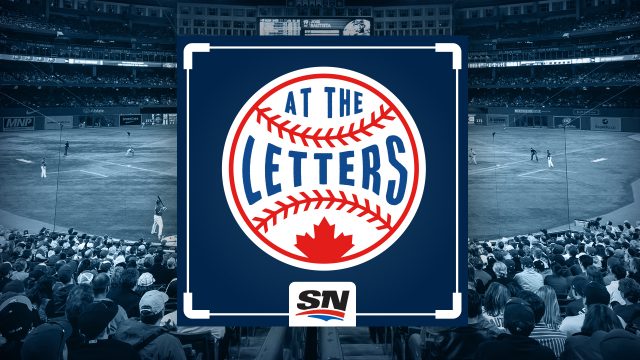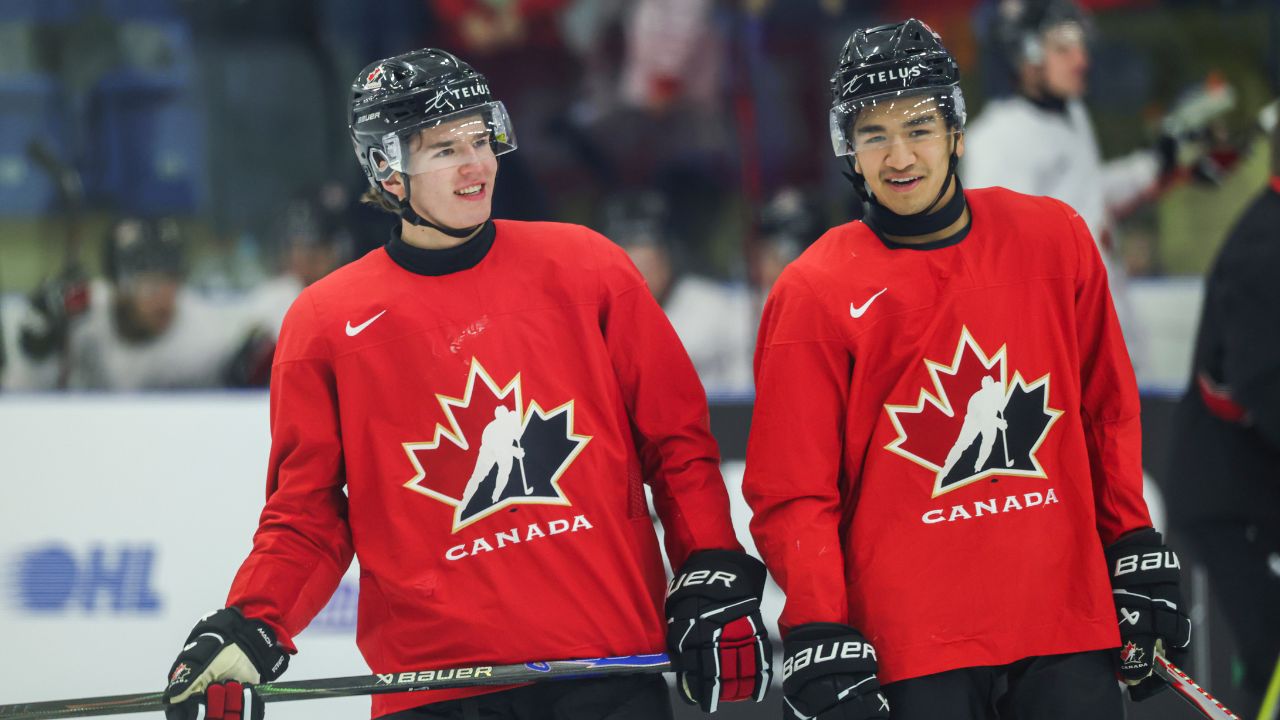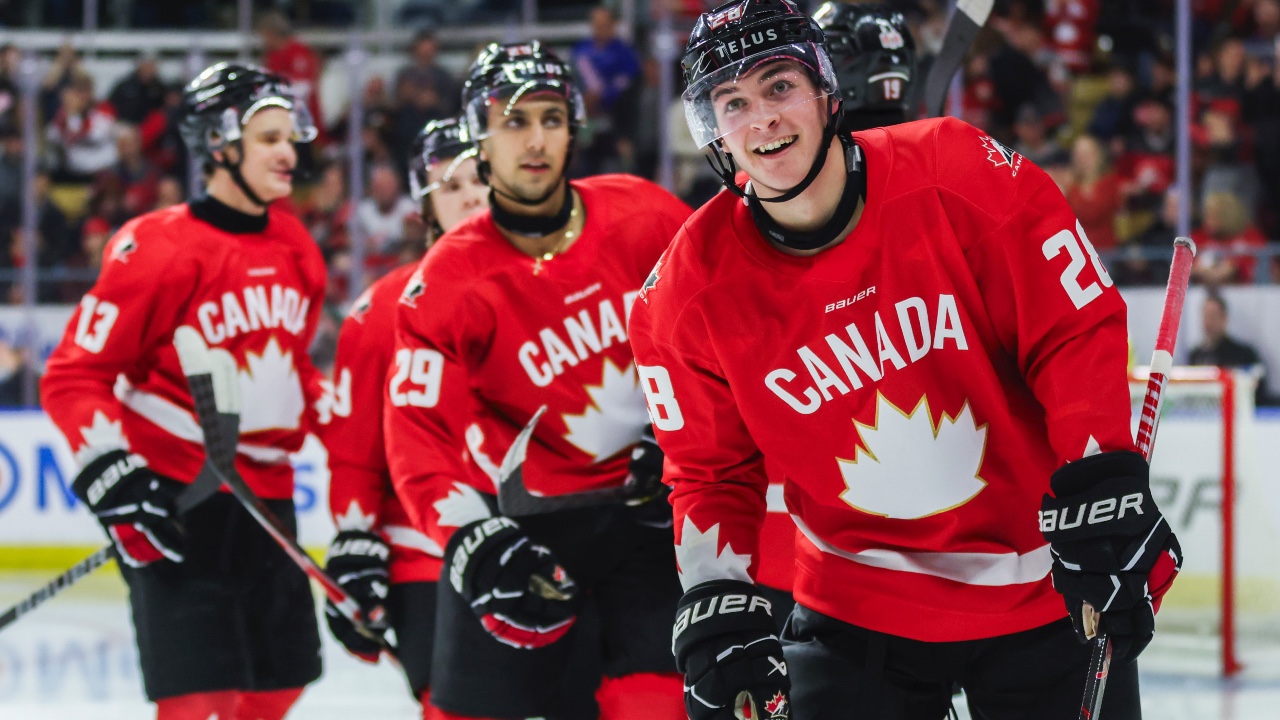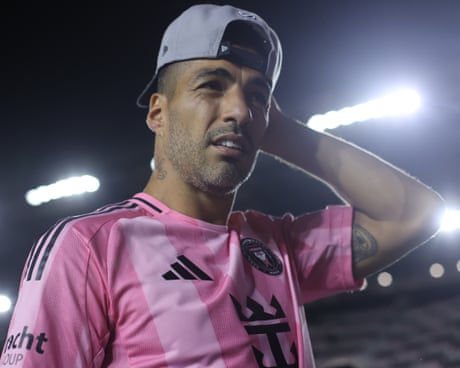
TORONTO – Fitting, really, is the transition for Major League Baseball, spring-boarding from a World Series finale marked by the internecine struggle over data-driven decision-making and COVID-19’s inconvenient realities, into an off-season that will be broadly driven by both issues.
Kevin Cash’s decision to remove Blake Snell from the sixth inning of Tuesday’s title clinching 3-1 win for the Los Angeles Dodgers over the Tampa Bay Rays had barely been made before it turned into the game’s latest referendum on advanced analytics. Predictably, the conversation became emotional and polarized, the-numbers-say-this set getting trashed by the trust-your-eyes-feel-for-the-game gang, all with the usual counter-productive shouting of bromides.
I’ll deep dive into that in a bit.
Bigger picture, that the divide surfaced in such a forceful manner on such a grand stage doesn’t bode well ahead of a free agent market that already in recent years has been upended by data-projection performance models. The subsequent flux in the game’s compensatory structure is the most contentious matter between owners and players with the CBA set to expire at the end of next season.
Ratcheting up the tensions is the ongoing impact of the pandemic, which had faded to the background after MLB survived the early-season outbreaks on the Miami Marlins and St. Louis Cardinals, both of which nearly killed the entire campaign. A stretch of no new positives among players that lasted for 58 consecutive days came to an end Tuesday when Dodgers third baseman Justin Turner tested positive and was removed from the game in the eighth inning and told to isolate – a jolt that should have reminded everyone of just how fragile this venture was, even within the so-called “bubble” created by MLB for the playoffs.
Unfathomably, Turner returned to the field to join the post-game celebrations, exchanging hugs with teammates and removing his mask for a team photo with the World Series trophy. Cameras also caught him kissing his wife, the entire scene a textbook example of what not to do in the COVID-19 world.
The immediate implications are damning enough.
MLB, in a release, said the Dodgers’ entire travelling party received nasal swab tests Tuesday night and that both they and the Rays were tested again Wednesday. For context, under American CDC regulations, anyone who had been within six feet of Turner for more than 15 minutes Tuesday should stay home for 14 days after exposure and keep six feet away from others.
That would have covered at least a handful of Turner’s Dodgers teammates who dogpiled the mound after Julio Urias caught Joey Wendle looking for the final out. As family members and significant others joined on the field, most if not all without masks, the pinnacle moment doubled as a potential super-spreader event.
Skeptical? Consider this situational risk chart shared recently on Twitter by Dr. Andrew Morris, medical director of the Antimicrobial Stewardship Program at Sinai Health System/University Health Network and an infectious diseases professor at the University of Toronto:

MLB slammed Turner in its statement, saying he “chose to disregard the agreed-upon joint protocols and the instructions he was given regarding the safety and protection of others.”
“While a desire to celebrate is understandable, Turner’s decision to leave isolation and enter the field was wrong and put everyone he came in contact with at risk,” it continued. “When MLB Security raised the matter of being on the field with Turner, he emphatically refused to comply. The Commissioner’s Office is beginning a full investigation into this matter and will consult with the Players Association within the parameters of the joint 2020 Operations Manual.”
That’s good, but it won’t undo the damage done, especially if the Dodgers end up with an outbreak. And while Turner’s actions are reflective of the stark split in American public opinion on how to live with COVID, sensible health authorities will justifiably be far more suspicious of MLB’s assurances of protocol compliance when it comes to potential 2021 exemptions.
For all the talk about avoiding the one selfish act that submarines a team’s season, Turner’s actions have the potential to undermine the fates of a much wider swath of the sport as the when and how of next season become a focal point.
Within that reckoning may very well come the latest bit of navel-gazing within the game about the role of data in on-field decision-making, triggered by the Snell decision.
Cash’s call reverberated through the industry, because the ace lefty had completely dominated through 5.1 innings, allowing only two hits, striking out nine and throwing only 73 pitches. Even after giving up a one-out single to Austin Barnes on a meh slider, there were no signs that he was falling off, but a third at-bat for Mookie Betts, Corey Seager and Turner loomed and this is where the conflict lies.
The third-time-through-the-order data pretty much always points to a pitching change. And Snell’s numbers this season do the same, whether you look at pitch counts or times through a lineup.
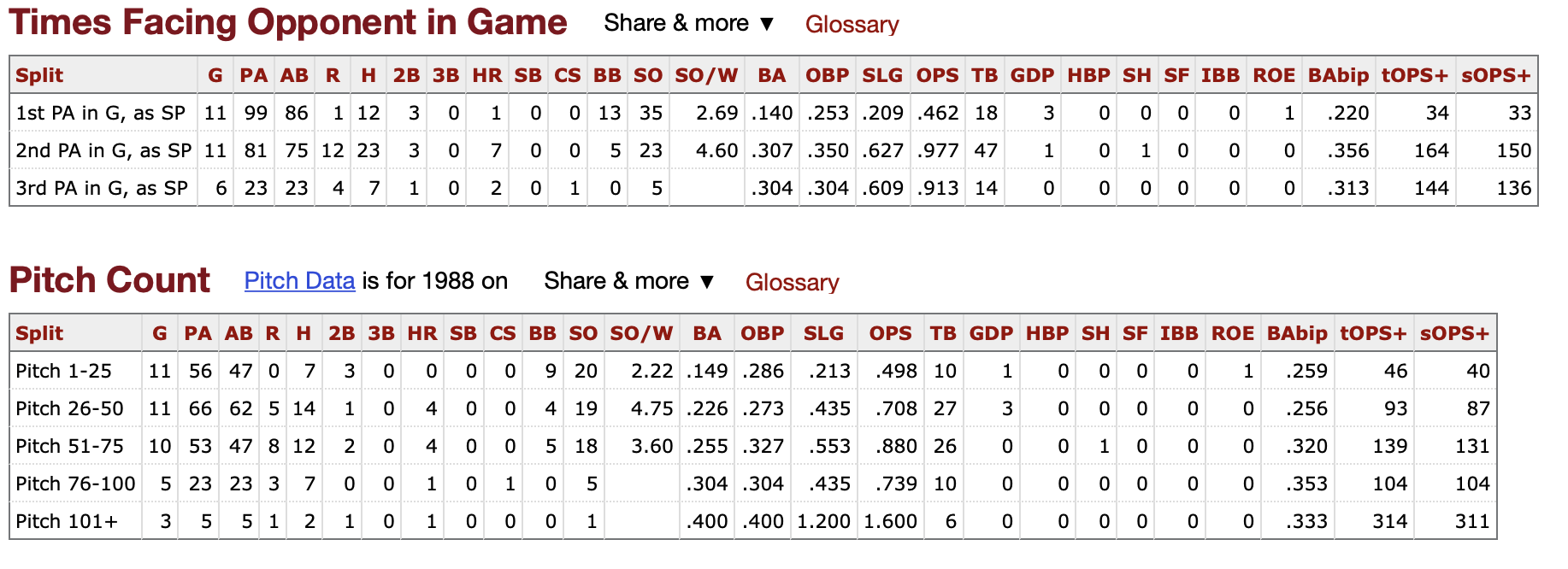
From an analytical standpoint, the data is relatively conclusive, indicating that Nick Anderson (the reliever who replaced Snell) facing Betts for the first time was a better option than Snell facing Betts, who struck out in his previous at-bat on a healthy swing at a high fastball, a third time.
Cash would have known the probabilities beforehand and various scenarios would have been discussed between the Rays front office, analytics department and coaching staff. That preparation would have helped them build, in theory, a more objective plan that could be executed in-game without the emotional influences inherent to a contest with such high stakes.
In general terms, relying on objective data and collaboration between key thinkers will more often than not lead to a better decision than simply trusting gut and feel in the moment.
Only in this case, it didn’t.
Betts ripped a double off Anderson that left runners at second and third. A wild pitch plated Barnes to tie the game. A groundball to first scored Betts. The Dodgers had the lead, and, nine outs later, the title.
After the game, the Dodgers spoke of the boost it gave them to no longer be facing Snell, a narrative repeated by other analysts. But was it really a boost? Or did arguably the best player in the sport hit a double and then the Dodgers barely eked out a pair of runs?
The challenge for managers in Cash’s situation is that it’s hard to make an objective case for rejecting compelling data based on an eye-test. Before a game, teams can project how a pitcher’s stuff will play a third time through the order, but those are just baselines that have to be subjectively adjusted in-game. Without a measure more decisive, you’re left with a call on feel, which is something the modern front office seeks to avoid.
Now, a more nuanced view suggests the intellectualization of the sport underweights the feel element that is a product of years of experience. Cash has been there and done that enough to get a sense of when his guy is falling off, based on accumulated wisdom, and he’s earned the latitude to let his sense make the decision.
Given that, the real question is whether Cash was fully convicted in pulling Snell based on his assessment of both how the stuff was looking and what the data said, or if the numbers alone made the call.
If it’s the former, then both he and the Rays should be able to live with it. If it’s the latter, then relying on data to make decisions is simply convention on the other end of spectrum, using numbers as a crutch, as opposed to feel.
The sweet spot, of course, is in combining the two realms, an inexact science that the Dodgers do better than most. Despite that, Dave Roberts has been skewered for decisions that led to his club’s previous post-season failures, but now that his team won the World Series, is he suddenly a better manager?
Sometimes the best decisions don’t work out. Sometimes the worst decisions do. In a game played by human beings and subject to randomness, no model will ever produce 100 per cent certainty.
That’s why there’s a case to be made for trusting your guy in the moment, a case to be made for giving your good players the rope to be great. Higher risk comes with higher rewards, and as the removal of Snell showed, playing it safe doesn’t always work out, either.
And so, the 2020 season ends much in the way the slow build to 2021 begins, with baseball still wrestling with the data movement over the game’s soul, under the relentless presence of a coronavirus a long way from disappearing.



